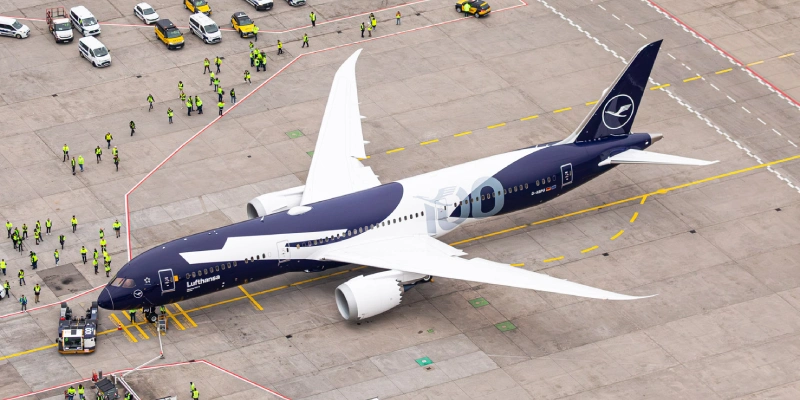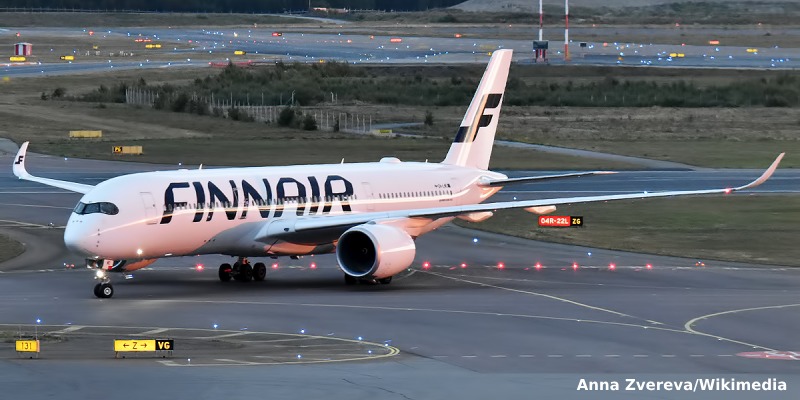Spirit Airlines has requested a loan of $275 million through a revolving line of credit to avert an imminent liquidity crisis that threatens to block its ability to process customer credit card payments, Bloomberg reported.
Pressure from U.S. Bank
At least $50 million of these funds will be reserved as collateral to satisfy U.S. Bank, the entity that manages the company’s card transactions.
The bank had warned that if Spirit did not increase this deposit, the contract for processing payments would be canceled by the end of the year. The risk was so severe that the airline acknowledged to its investors the possibility of bankruptcy if a solution was not found.
A Weakened Balance Sheet Post-Bankruptcy
The company had already restructured its balance sheet earlier this year, following its emergence from a Chapter 11 bankruptcy process. However, this reorganization did not address its underlying operational problems, such as reducing labor costs or adjusting its fleet.
→ Spirit Airlines to Connect Fort Lauderdale with Two New Destinations: Belize and Grand Cayman
Market Offers No Respite
Since its exit from bankruptcy, Spirit continues to face turbulence. The airline sector, in general, has had to deal with a drop in demand, largely attributed to the trade war spurred by President Donald Trump, which hit consumer confidence.
Although travel demand showed signs of recovery in late June, several airlines have projected that their profits for this quarter will remain flat or even below levels recorded in 2024.
What’s Next for Spirit Airlines?
The loan provides the airline with temporary financial breathing room but does not resolve the structural weaknesses of its business model. Spirit competes in the low-cost segment, where margins are narrow and reliance on mass demand is key. Any shake-up in consumer confidence or increase in operating costs can seriously compromise its viability.
If the company fails to stabilize its revenue and optimize its structure, it could once again face a scenario of insolvency. In contrast, if it leverages this liquidity injection to reorganize its operations—adjust its fleet, renegotiate labor contracts, or redesign routes—it could still regain ground in an increasingly competitive market.
For passengers, the situation creates uncertainty: if the difficulties persist, both prices and the continuity of key routes could be affected. For the airline industry as a whole, Spirit’s case underscores the fragility of low-cost carriers in the face of external crises and the need for more resilient balance sheets to survive in a volatile environment.
Related Topics
Air Europa Announces New Non-Stop Route Between Madrid and Johannesburg Starting June 2026
Lufthansa Receives Its Boeing 787-9 in Frankfurt with Special Livery for Airline’s Centennial
Finnair Announces Flights to Melbourne via Bangkok Starting October 2026
EASA Orders Inspections on Airbus A320 Aircraft for Possible Defective Panels

Plataforma Informativa de Aviación Comercial con 13 años de trayectoria.




